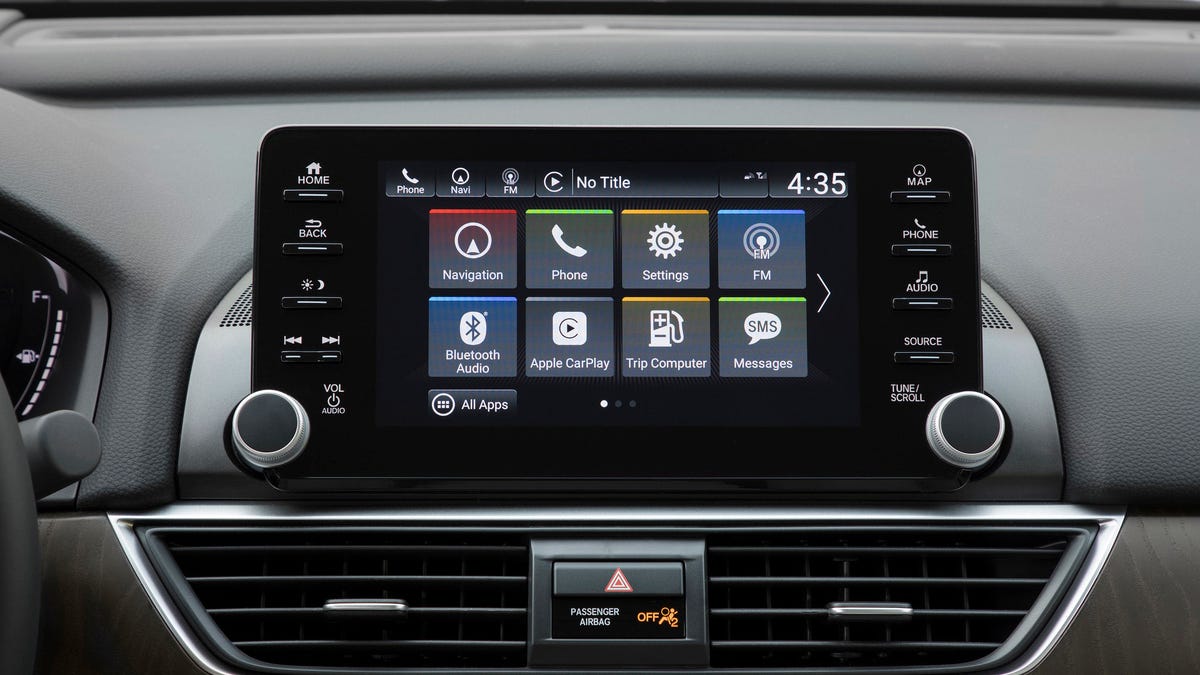In today’s connected world, your car’s infotainment system is no longer just about playing music—it’s the central hub for navigation, hands-free calling, smartphone connectivity, reverse cameras, voice commands, and more. If you’re driving an older car or a base model without modern tech, upgrading your infotainment system can significantly enhance your driving experience, safety, and even resale value.
In this guide, we’ll walk you through everything you need to know about upgrading your car’s infotainment system—from choosing the right unit to installation and compatibility.
Why Upgrade Your Infotainment System?
- Smartphone Connectivity (Apple CarPlay, Android Auto)
- Built-in Navigation and Maps
- Touchscreen Interface with Better UI
- Bluetooth and USB Support
- Voice Control and Hands-Free Functionality
- Rear-View Camera Integration
- Better Audio Output and Equalizer Settings
Older factory-fitted systems often lack these modern conveniences. An upgrade makes your car smarter, safer, and more enjoyable to drive.
Step 1: Assess Your Car’s Current Setup
Before upgrading, inspect your current system:
- Is it a single-DIN or double-DIN unit?
Double-DIN slots support large touchscreens, while single-DIN units may require dash kit modifications. - Do you have steering-mounted controls?
You’ll need a compatible interface module to retain these controls. - Does your car have OEM sensors, rear cameras, or amplifiers?
Choose systems that can integrate seamlessly with these existing features.
Pro Tip: Take a picture of your current dashboard and audio system before visiting a retailer.
Step 2: Choose the Right Infotainment Head Unit
Key Features to Look For:
- Screen Size:
7 to 10 inches for better visibility and usability. - Connectivity Options:
- Apple CarPlay / Android Auto (wired or wireless)
- Bluetooth / USB / Aux
- Wi-Fi & SIM support (in premium units)
- Navigation:
Built-in GPS with offline maps (or Google Maps via CarPlay/Android Auto) - Audio Capabilities:
Support for external amps/subwoofers, equalizers, and DSP for premium audio tuning. - Camera Input:
For reverse camera, 360-degree camera, or dashcam integration.
Top Brands in India (2025):
- Sony
- Pioneer
- Blaupunkt
- JVC
- Kenwood
- Android-based systems (local brands with good value-for-money)
Step 3: Installation and Compatibility
Infotainment upgrades usually require professional installation for wiring, mounting, and integration with existing vehicle electronics.
- Ensure correct wiring harness adapters are used to avoid cutting factory wires.
- For newer cars with CAN bus systems, make sure the unit supports seamless integration.
- Retain steering controls, parking sensors, and backup camera with appropriate interface kits.
Pro Tip: Always choose an authorized or experienced installer to avoid warranty issues or wiring errors.
Step 4: Enhance With Add-Ons
Once your system is upgraded, consider additional enhancements:
- Reverse Parking Camera: Adds safety and convenience in Indian traffic.
- Front DVR / Dashcam: Useful for insurance claims and accident evidence.
- Tyre Pressure Monitoring System (TPMS): Syncs with select infotainment units.
- Amplifier & Subwoofer: For audiophiles seeking premium in-car sound.
Cost Breakdown (2025 Estimates in India)
| Component | Price Range |
|---|---|
| Basic 7″ Touchscreen Unit | ₹7,000 – ₹12,000 |
| Branded CarPlay/Android Auto Unit | ₹15,000 – ₹30,000 |
| Reverse Camera (HD) | ₹1,000 – ₹3,500 |
| Dashcam | ₹4,000 – ₹10,000 |
| Installation & Wiring Kit | ₹1,500 – ₹3,000 |
Tips Before Buying
- Check online reviews and demo videos.
- Visit local car accessory stores for a hands-on experience.
- Ensure the head unit fits your car’s dashboard dimensions.
- Ask for warranty (at least 1 year for branded systems).
- Prioritize wireless CarPlay/Android Auto for future-proofing.
Final Thoughts
Upgrading your car’s infotainment system is one of the smartest ways to modernize your ride without buying a new vehicle. Whether you’re looking for seamless smartphone integration, navigation assistance, or enhanced entertainment, a new infotainment system can transform your daily drive into a connected experience.

